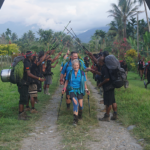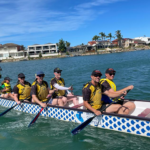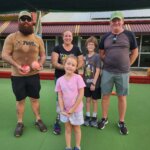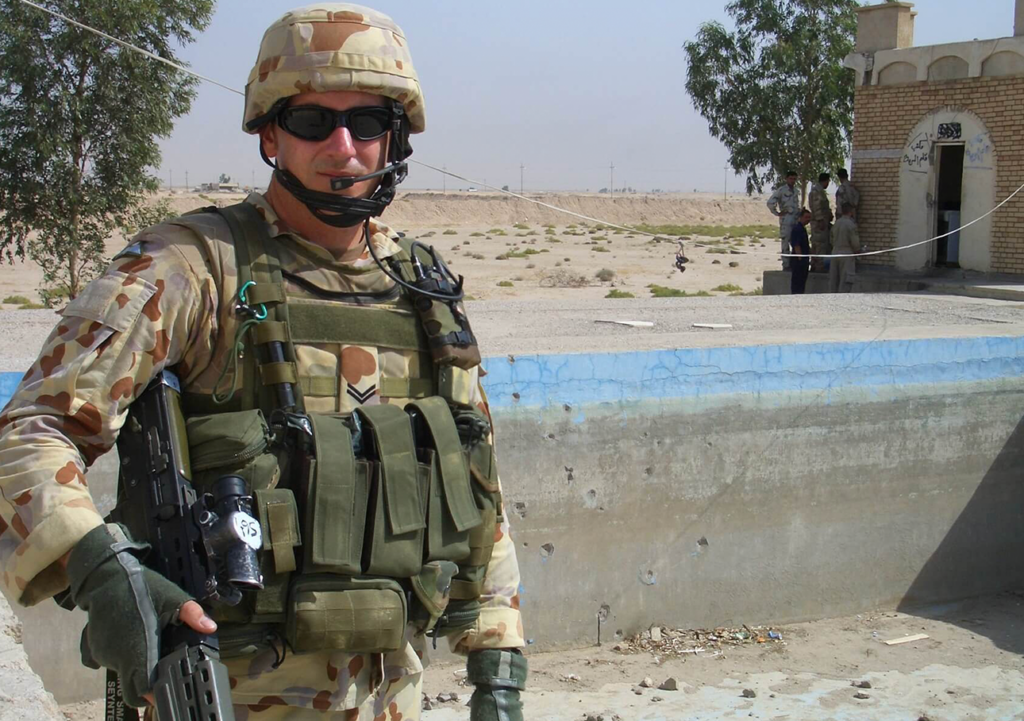
RSL sub-Branch President talks art and sport
When we caught up with veteran, RSL sub-Branch President, martial arts competitor and artist Cory Rinaldi, he was perched next to a canvas, painting his latest work: ‘Sacrifice’.
In early 2019, the Anzac Memorial in Hyde Park, Sydney had approached Cory with an idea that they thought he might be interested in.
It turned out he was.
Fast forward to today and Cory is the ‘pilot’ for the Memorial’s supportive and rehabilitative ‘Veteran Artist in Residence’ program. He’s fully embraced the unique – even life changing – opportunity provided by the Memorial and hopes that he’s paving the way for other veterans to follow.
Life as an artist
Visitors to the Memorial can watch Cory at work in the Centenary Extension on Wednesdays and Fridays. Ultimately his works will be exhibited at the Memorial. Some of Cory’s personal work is also displayed at Articles Fine Art Gallery in Stanwell Park.
“Most of my personal paintings are romantic impressionist streetscapes,” says Cory. “There’s always a bike in there!” However, for the ‘Veteran Artist in Residence’ program, Cory’s work is focused on the Memorial’s core values of service and sacrifice.
“A good week for me is painting two mornings at the Memorial and two days at home. I try to do two to three hours at home,” says Cory. “I need to be in the right mindset although painting is very scientific. Even if I’m not feeling up to it, I can still do the basics.”
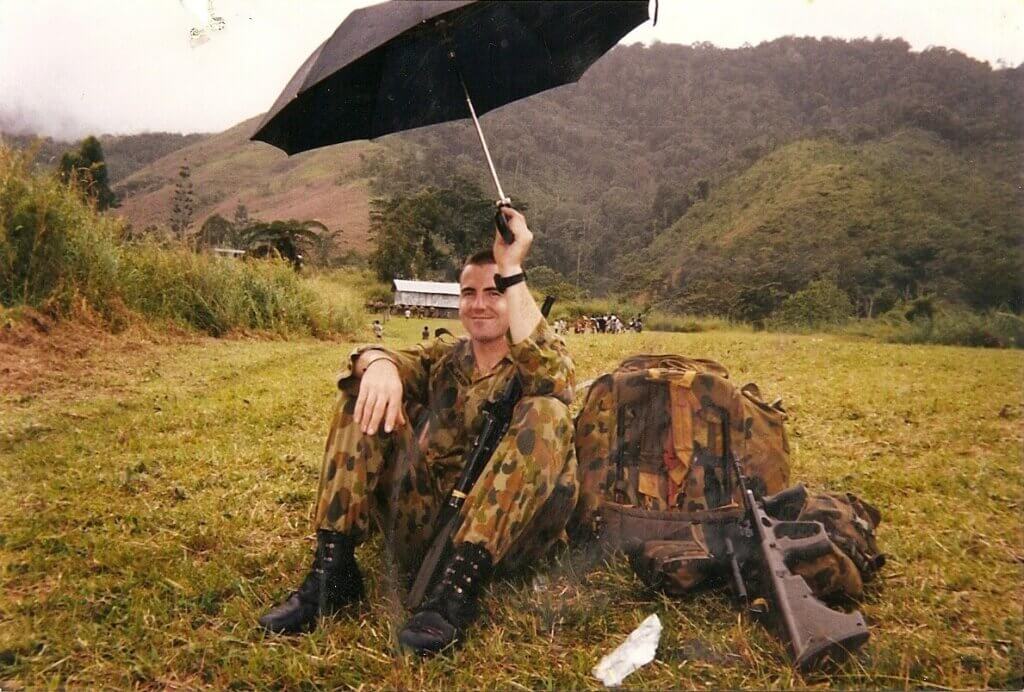
Fulfilling a childhood dream
Cory joined the Army Reserves in 1996 while he was finishing his Bachelor of Graphic Design and Applied Photography degree at Deakin University in Victoria.
“By the end of the degree, I was more focused on being a solider than an artist,” says Cory.
In 1999 he fulfilled a childhood dream in joining the Australian Army. “I was lucky to have a grandmother who passed on military history to me,” says Cory. “When I was four or five years old, I was taken to an Anzac Day parade and remember thinking ‘who are these people? I want to do that’.”
Cory went on to have a military career spanning almost two decades, including deployments to Butterworth, Malaysia, twice to East Timor and to Basra, Iraq on exchange with the British Army.
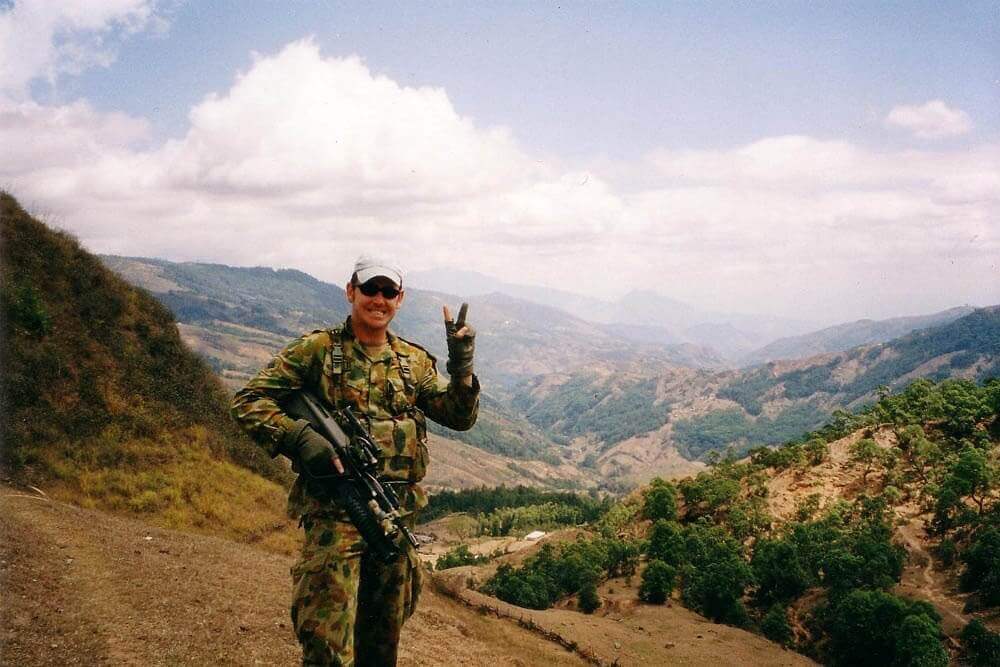
Art and sport as rehabilitation
Medically discharged from the Army in 2015 after being diagnosed with Post Traumatic Stress (PTS) in 2013, Cory uses art and sport as part of his ongoing rehabilitation.
In describing the value of art for his mental health, Cory uses the example of someone working with a stutter. “It’s like when someone has a stutter but when they sing a song, it’s not there. I have PTS but when I’m painting it’s not there.”
Cory says that regular exercise has the same effect. “It took a few years, but once I accepted that I had chronic PTS staying fit allowed me to not to have to go down the medication path.”
Competing in martial arts

Cory’s always been fit, even winning ‘Battalion Champion Soldier’ when he was with the 1st Battalion, Royal Australian Regiment in 2000.
“I’ve always kept the exercise up and maintained a level of fitness,” says Cory. He played basketball when he was younger and trained in martial arts but didn’t keep it up on joining the Army.
“My cousin Darren Rinaldi runs his own martial arts school, Advantage Self Defence, with his wife in Bendigo, Victoria. David had been encouraging me to take martial arts back up for years. I told him that I had a back injury from a bad parachute landing. He said that he had a bad back too but to just do it!”
Since taking up martial arts again, Cory hasn’t looked back. He’s a member of Kinetic Martial Arts, run by Master Trent Madson Cronulla, and believes that it’s so important that veterans participate in sport and activities with the civilian community.
“It’s a fantastic family environment and a great place for kids to learn,” says Cory. “My son’s been doing martial arts for five years. He’s 10 and he does 2-3 classes a week.”
“It’s also a great way for me to, at times, get out of a bit of a bad place. It’s all about controlled aggression. After you do it you feel about 10 times better. But martial arts also teach you how to walk away.”
“My wife knows that, if I don’t do martial arts, I would have to go down the medication route – which I don’t want to do.”
Cory concedes that the older he gets the more pain he feels after a session. “But in saying that, I’d rather feel pain every day but be moving forward than sitting on the couch.”
Leading an RSL sub-Branch
Cory is also the President of his local Cronulla RSL sub-Branch, a role that he loves.
“I love being part of the sub-Branch. When I first joined in 2007 after leaving the Army, there were 120 plus people at the meeting. I sat down with the Vietnam Veterans and as soon as I did, I felt a real connection,” says Cory. “Being able to talk is so valuable; we all have similarities.”
“One of my good friends from the sub-Branch was 95 when he died. Whenever we had lunch he asked me about my experiences and got emotional. He used to say: ‘you guys had it much worse than me’,” says Cory. “I spoke at his wake and explained that I was a best mate. It’s hard to understand but we had so much in common.”
“The role of the sub-Branch and our legacy is just so important.”
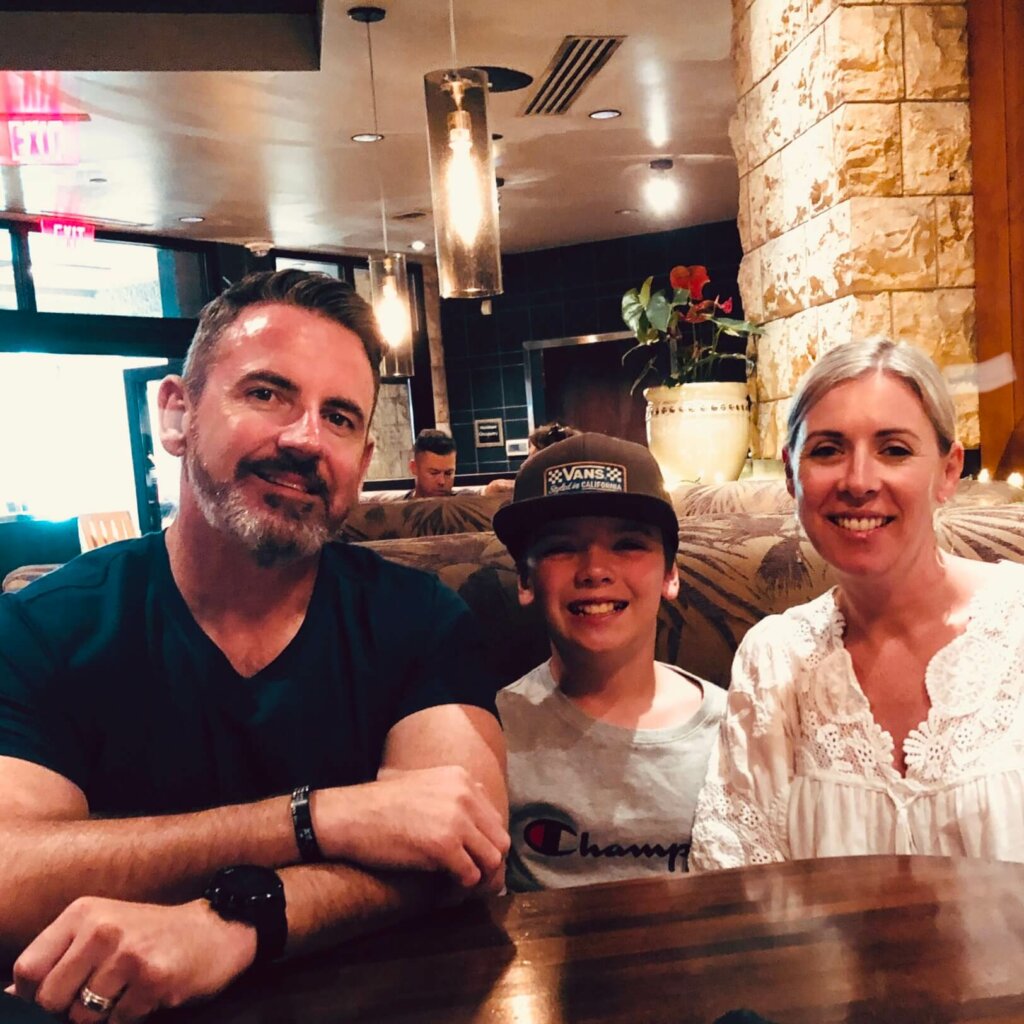
*****
Especially during these difficult times, please make sure you reach out to the following organisations if you or someone you know is in need of mental health support: Open Arms (1800 011 046), Beyond Blue (1300 22 4636) and Lifeline (13 11 14).
